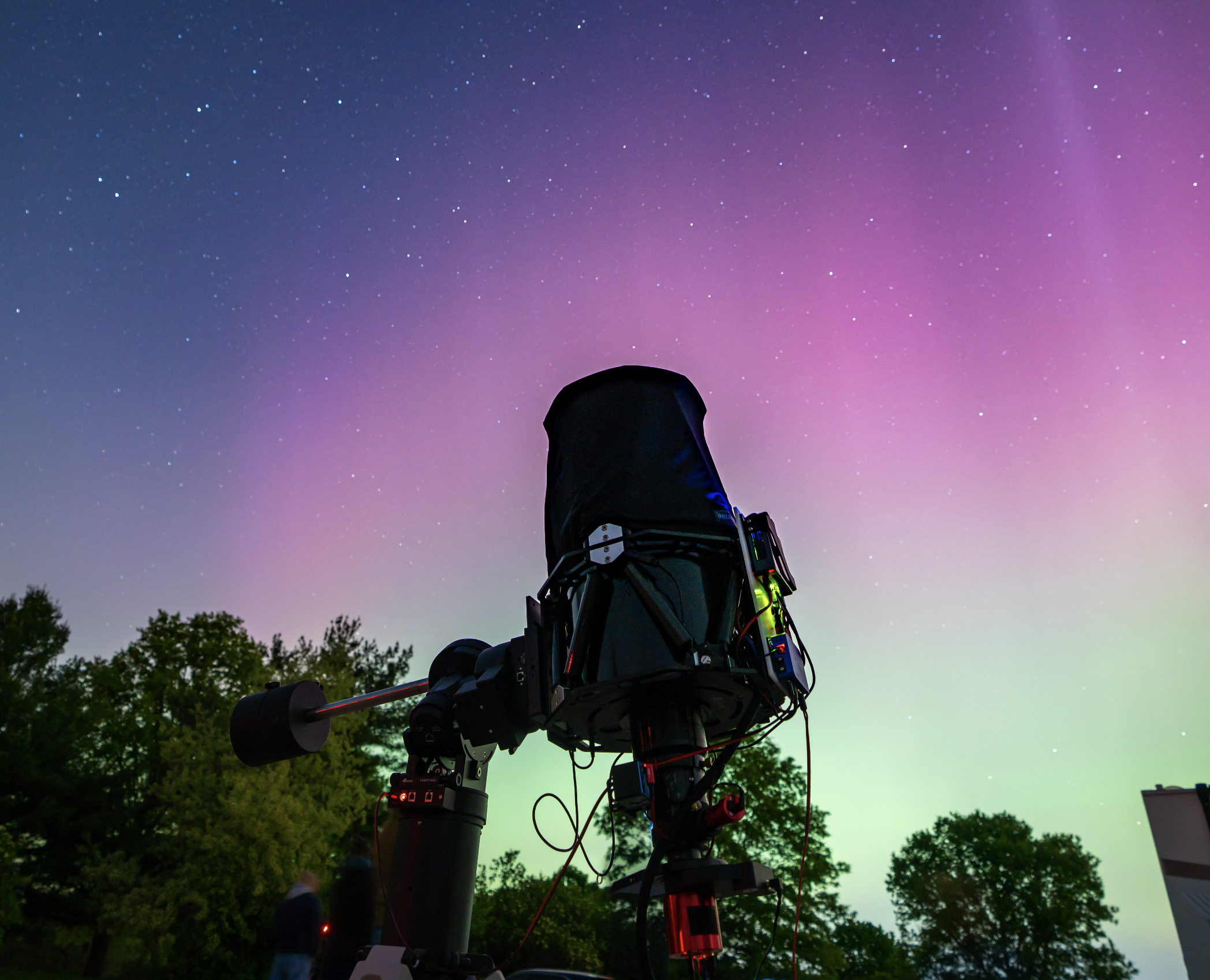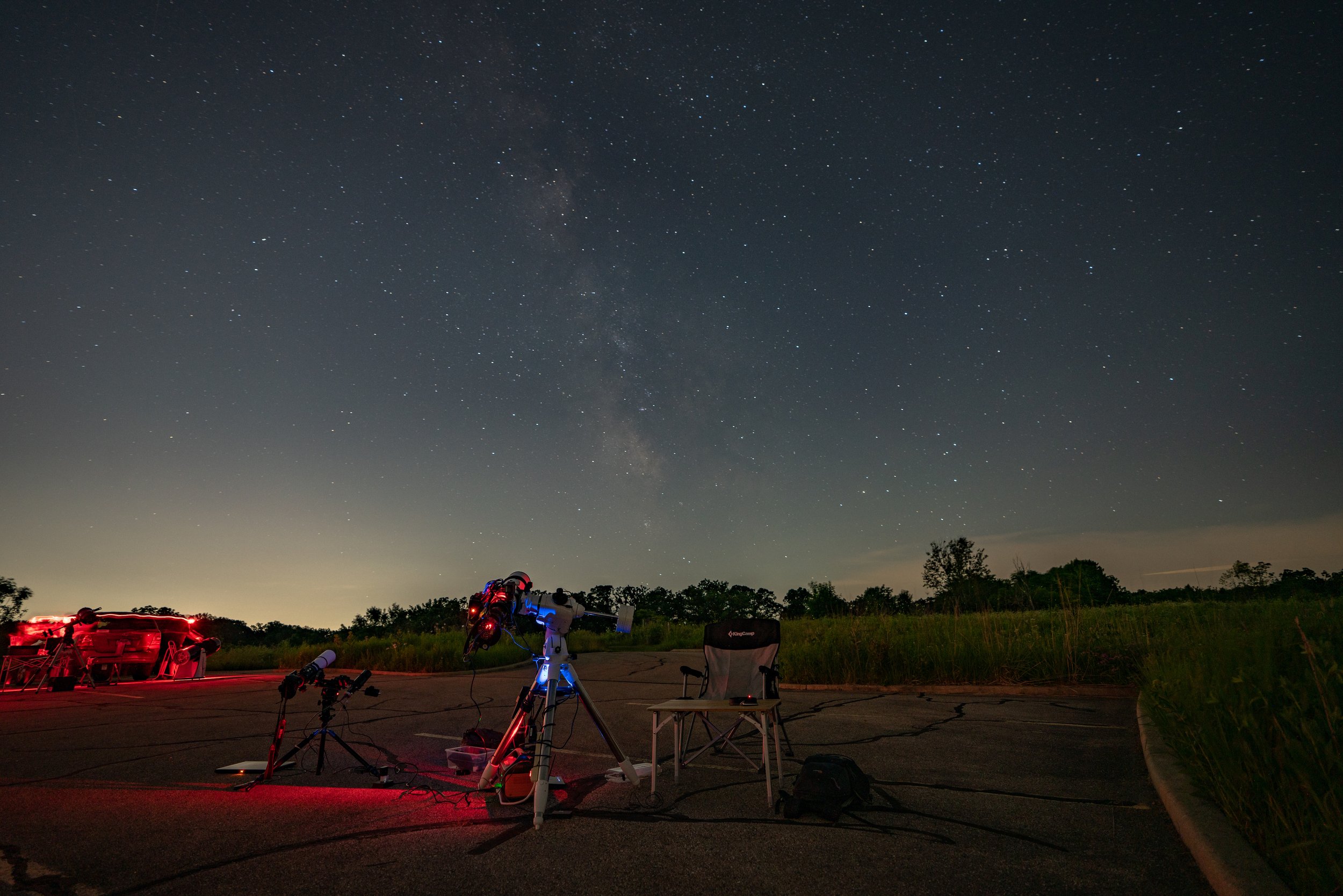
My Equipment
Hardware & Software
Hardware | Widefield System
-
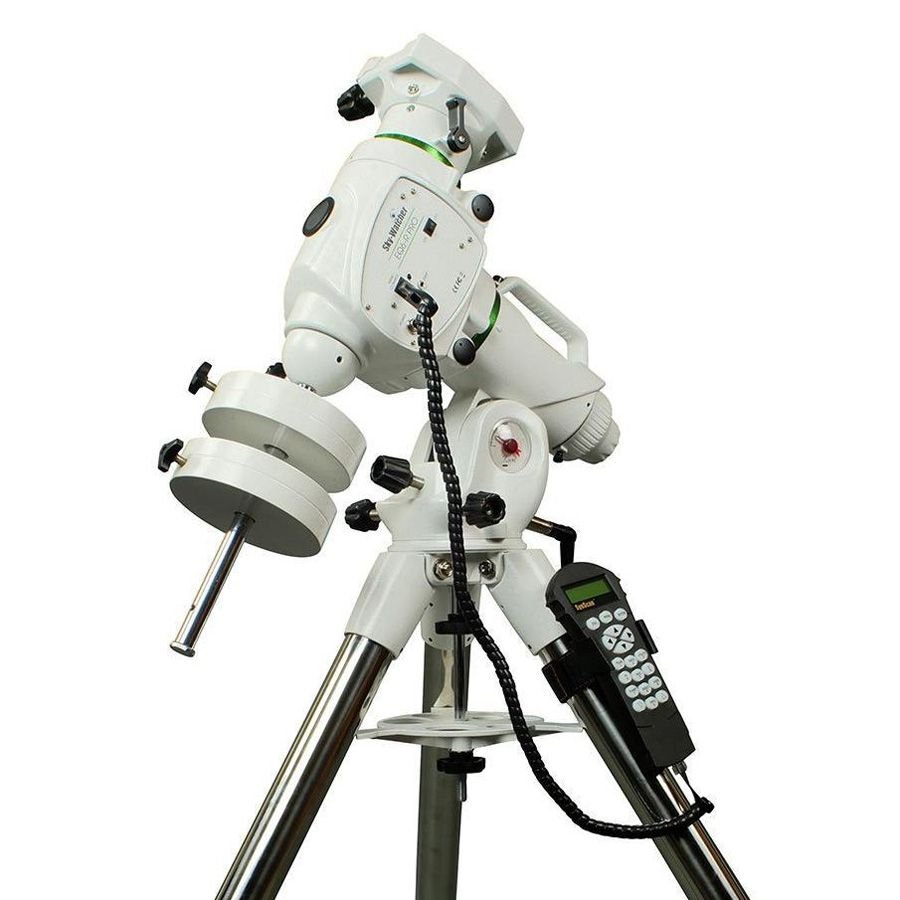
Sky-Watcher EQ6-R Pro
I am using the Sky-Watcher EQ6-R Pro mount, which can carry a OTA with a maximum 40LB capacity.
-

ZWO ASI 2600MM-Pro
I am using the ZWO ASI 2600MM-Pro monochrome astronomy camera. This camera has a ton of benefits with a high resolution APS-C sensor, including zero amp glow.
-

Sky-Watcher Esprit 100 ED
I am using the Sky-Watcher Esprit 100 ED Triplet APO Telescope. This one in particular has an excellent aperture of 100mm at f/5.5. The focal length is 550mm.
-

Antlia Filters
I am using 36mm Antlia broadband (RGB) filters and 3nm Narrowband filters (Hydrogen Alpha, Oxygen III, and Sulphur II).
-

Pegasus Astro FocusCube 2
Having autofocus is a must have, as it takes a lot of time to do it manually. I am using the FocusCube 2 as it has proven to be extremely accuratue.
-
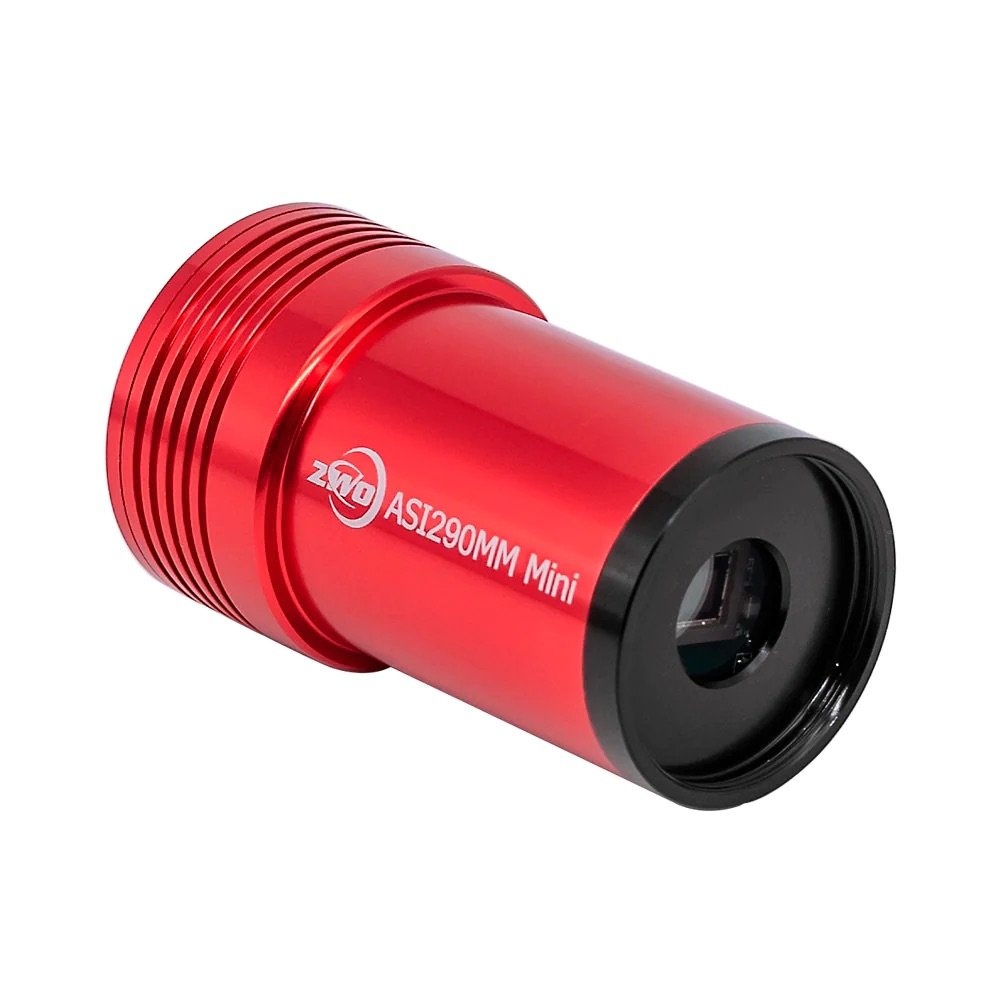
ZWO ASI 290 Mini
I am using the ASI 290 Mini as a guidecam to help with better star tracking.
-

ZWO 60mm Guidescope
With the 290 Mini guidecam, I am using the ZWO 60mm guidescope. Unfortunately, this product is discontinued by ZWO, there are other great options available too.
-

WandererRotator Mini V2
I am using the Wanderer Astro M54 WandererRotator Mini V2 to help with auto framing and keeps consistency throughout multiple imaging sessions.
-

ZWO 7 Position Filterwheel
I use the ZWO EFW for my filters, this one in particular fits 36mm filters.
-

Intel NUC 11
As a controller for the system, I am using the Intel NUC 11th Generation with an intel i7 processor. This is suitable to fit on my telescope for remote desktop and easy imaging sessions.
-

Pegasus Astro PowerBox
I am using a Pegasus Astro PowerBox Advanced to distribute power to all components on my imaging system. This is an excellent product for easy power distribution.
-

QHY PoleMaster
In order to polar align my telescope, I use the QHY PoleMaster. This provides an easy solution for super accurate polar alignment.
-

BLUETTI Portable Power Station EB70S
When I go remote, I use this portable battery to power my telescope all night. On average it lasts about 10-12 hours, good for one night of imaging before needing to be recharged.
Hardware | Deepfield System
-

iOptron CEM 70
I am using the iOptron CEM 70 mount, which can carry an OTA with a maximum 70LB capacity.
-

ZWO ASI 533MM-Pro
I am using the ZWO ASI 533MM-Pro monochrome astronomy camera. This camera has a ton of benefits with new sensor technology, including zero amp glow.
-

iOptron RC 10 Truss
I am using the iOptron RC 10 Truss Telescope. This one in particular has a deep focal length of 2032mm at f/8.
-

Feathertouch Focuser
I replaced the standard iOptron Crayford focuser with a Feathertouch as it has stronger support and rigidity for a heavier imaging train.
-

ZWO and Chroma Filters
I am using 1.25” ZWO broadband (RGB) filters and Chroma 3nm Narrowband filters (Hydrogen Alpha, Oxygen III, and Sulphur II).
-

Pegasus Astro FocusCube 3
Having autofocus is a must have, as it takes a lot of time to do it manually. I am using the FocusCube 3 as it has proven to be extremely accurate.
-

ZWO ASI 174 Mini
I am using the ASI 174 Mini as a guidecam to help with better star tracking.
-

ZWO OAG-L
With the 174 Mini guidecam, I am using the ZWO Off Axis Guider-Large. Supports a larger prism to gather more light so it can be sensitive to more stars while guiding.
-

Pegasus Astro Falcon V2 rotator
I am using the Falcon Rotator to help with auto framing and keeps consistency throughout multiple imaging sessions.
-

ZWO 8 Position Filterwheel
I use the ZWO EFW for my filters, this one in particular fits 1.25” filters.
-
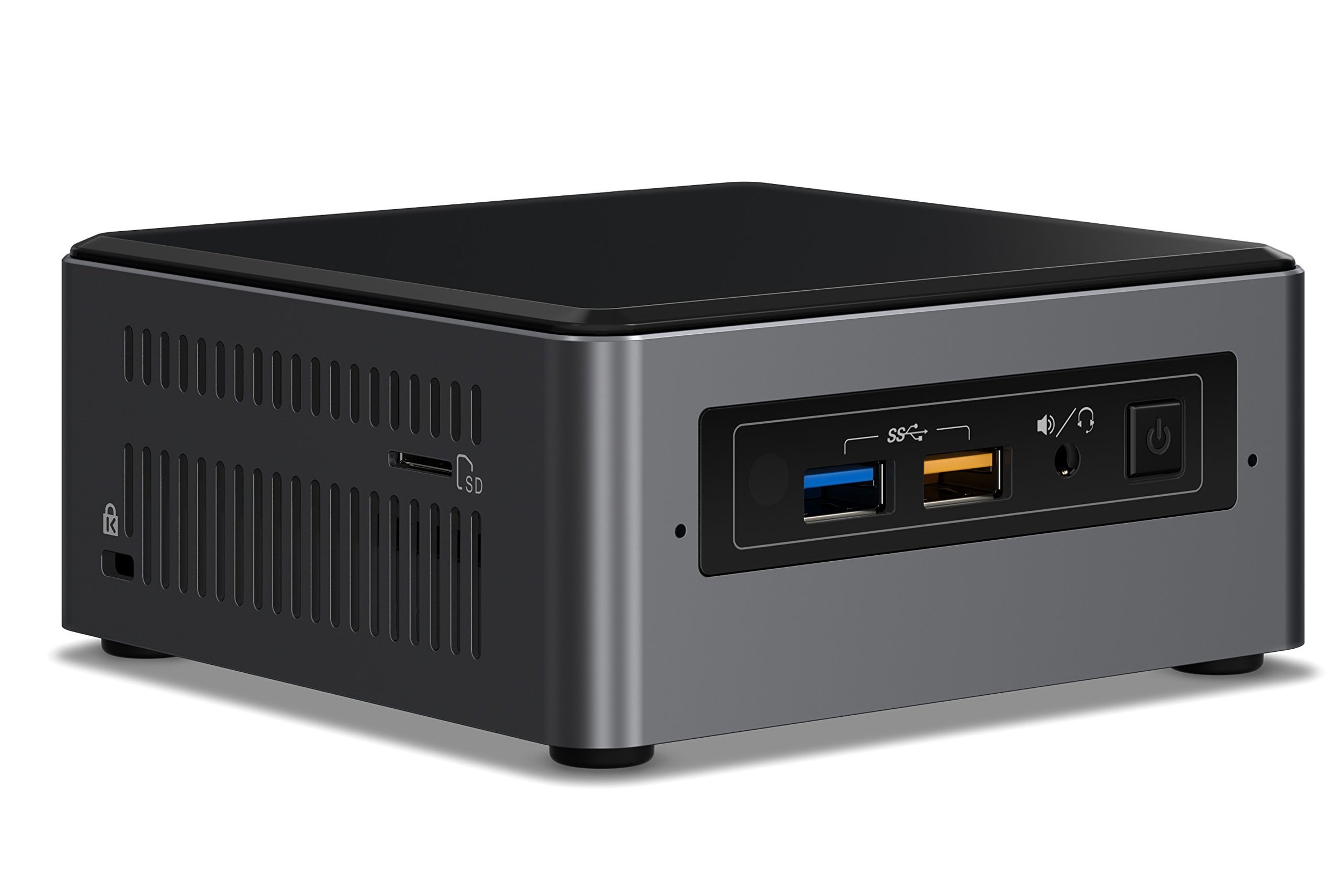
Intel NUC 7
As a controller for the system, I am using the Intel NUC 7th Generation with an intel i7 processor. This is suitable to fit on my telescope for remote desktop and easy imaging sessions.
-

Pegasus Astro PowerBox
I am using a Pegasus Astro PowerBox Advanced to distribute power to all components on my imaging system. This is an excellent product for easy power distribution.
-

Jackery Explorer 500
When I go remote, I use this portable battery to power my telescope all night. On average it lasts about 8-9 hours, good for one night of imaging before needing to be recharged.
Software
-

ASCOM Driver
The ASCOM driver is the core to astrophotography on computers. Nothing will work without it!
-

Nighttime Imaging 'N' Astronomy
Also known as NINA, I use this for sequencing for imaging sessions. This allows to create custom sequences for imaging long exposures with different filters. It’s open source, and free.
-
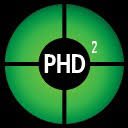
PHD2 Guiding
As guiding software, I use PHD2. This is an excellent software for simple guiding and provides lots of statistics.
-

Pegasus Astro Unity
I use this software to monitor external temperature, power consumption, and more from the Pegasus PowerBox.
-
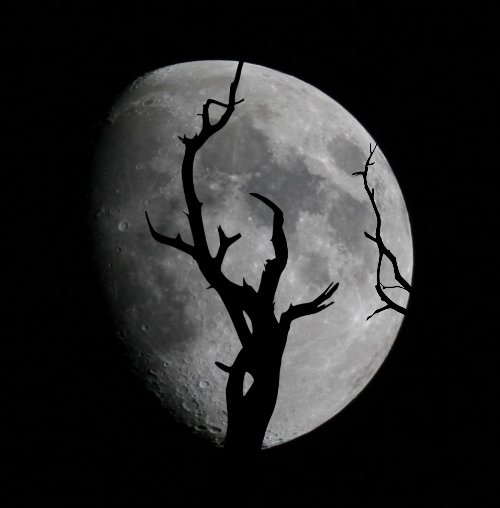
Green Swamp Server for EQ6
I use the GSS software to help my SkyWatcher EQ6 interface with ASCOM drivers.
-

PixInsight
I use PixInsight, which is really popular and is the core to astrophotography editing and processing.
-

Adobe Lightroom
I use Lightroom to preform final touch ups after I am done with PixInsight.
-

Windows
I use Windows 10 to run all of the software.


